Introduction to Subsistence Agriculture and African Geography
1/64
There's no tags or description
Looks like no tags are added yet.
Name | Mastery | Learn | Test | Matching | Spaced |
|---|
No study sessions yet.
65 Terms
What is subsistence agriculture?
A form of farming where farmers grow only enough food to feed their families, synonymous with small scale or smallholder farms.
How many people are estimated to be poor farmers and their families worldwide?
Over 2 billion people.
What percentage of all farms are less than 2 hectares in size?
83% of all farms.
What is the average family size for farmers with small farms?
Approximately 5 people per family.
What is the estimated number of hungry people globally as of 2023?
Approximately 735 million people.
What is the size of 1 hectare in acres?
1 hectare is equivalent to 2.5 acres.
What is the corn planting density for a 2-hectare farm?
5,000 healthy corn plants per acre, totaling 25,000 corn plants for 5 acres.
How many corn cobs does a family of 6 need per meal?
4 corn cobs per meal, totaling 12 cobs per day.
What is the implication of having a small farm for crop losses?
There is little margin for crop losses before or after harvest, affecting food availability for other needs.
How much corn is needed to feed corn-fed cattle for weight gain?
8 kg of corn per day for 100 days, totaling 2,200 ears required for a 140 kg weight gain.
What is the tax revenue implication for a family selling corn?
If a family sells 10,000 cobs/year at a 15% tax rate, they could generate $100 in tax revenue.
What is Uganda's federal budget and its reliance on foreign aid?
Uganda's federal budget is $10.8 billion, with approximately 60% from foreign aid.
Where did anatomically modern humans evolve?
Anatomically modern humans evolved in East Africa 2 million years ago.
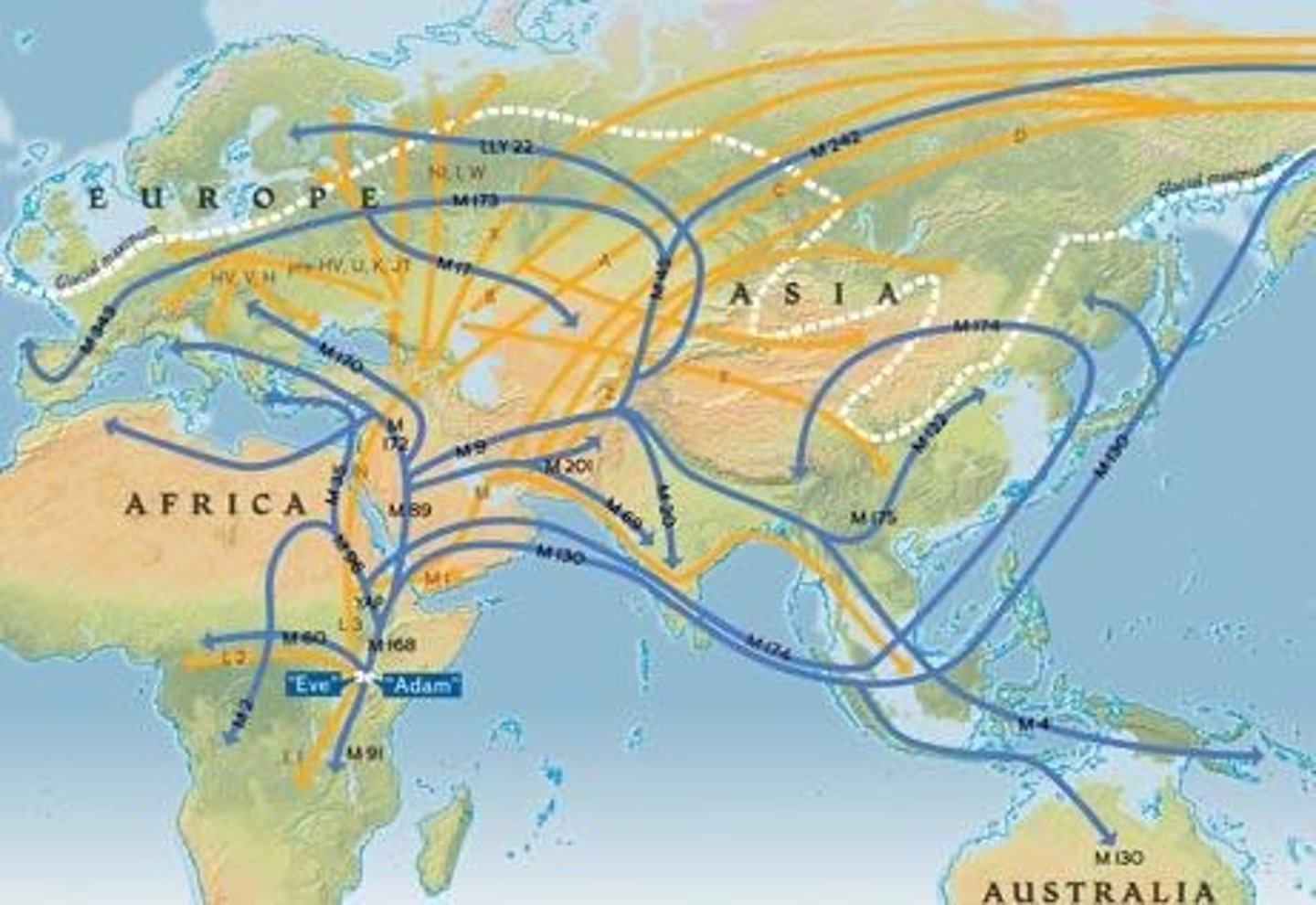
What is the significance of the genetic diversity found in Africa?
Africa has more human genetic diversity than any other continent.
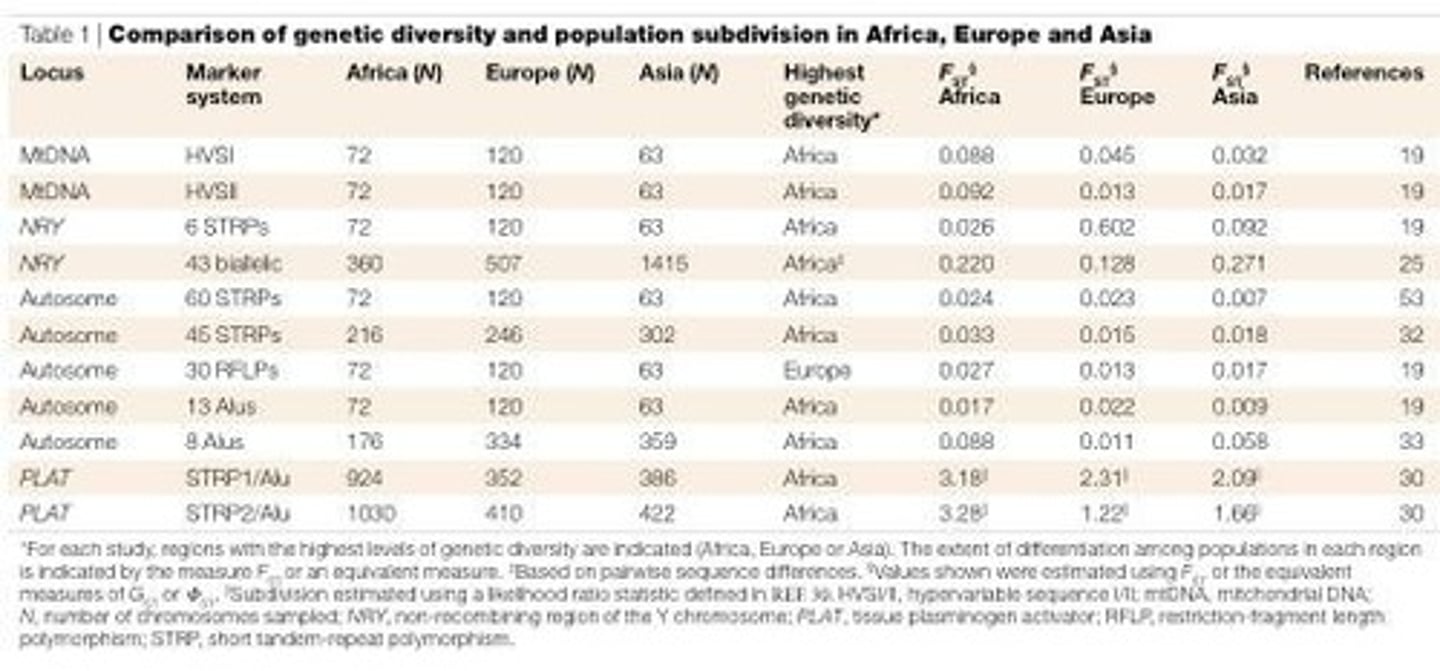
How many languages are estimated to be spoken in Africa?
There are approximately 2,000 languages, making up 1/3 of all living human languages.
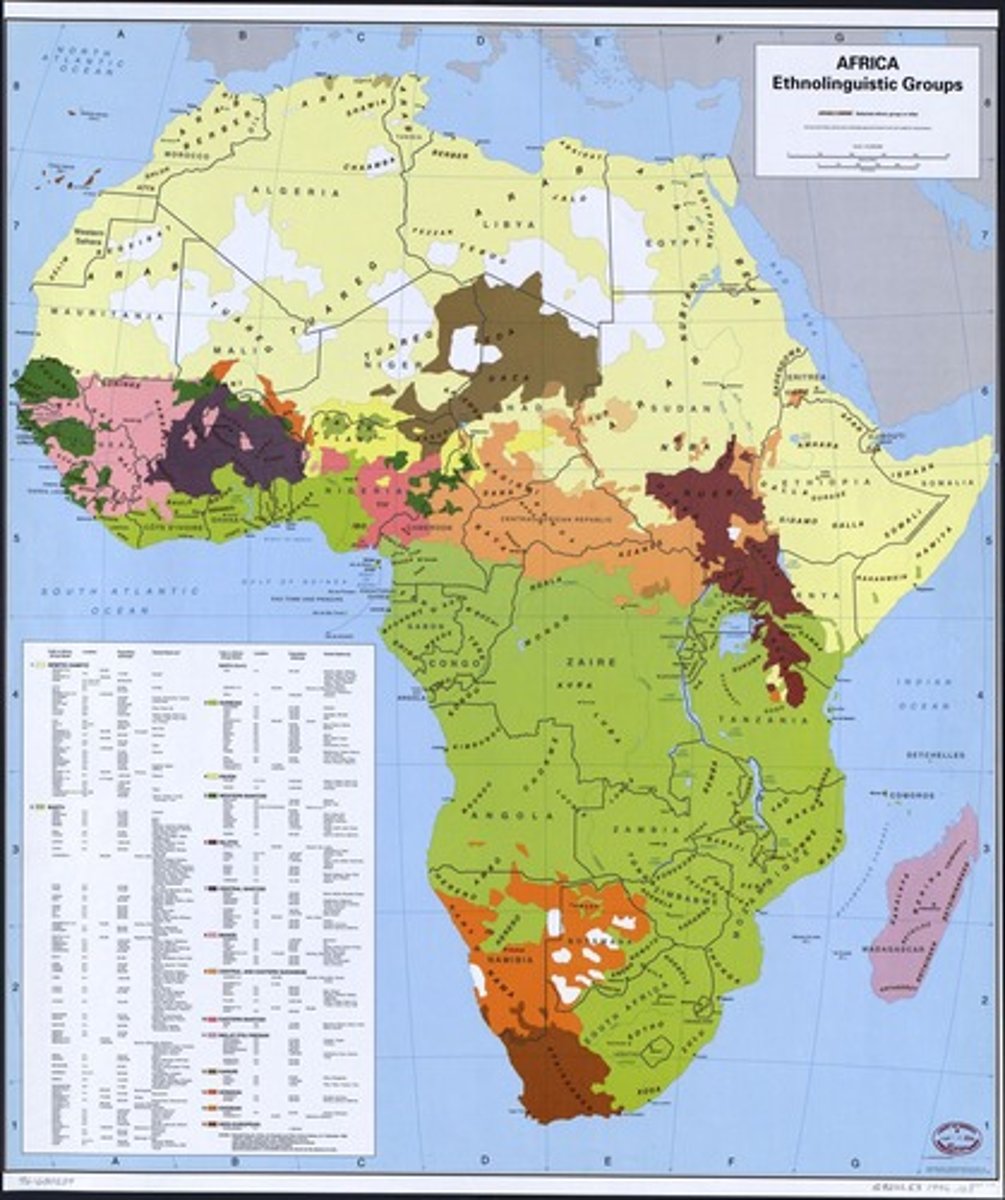
What are the consequences of having 250 languages in Nigeria?
It reflects significant ethnic diversity and potential challenges in communication and governance.
What is a major consequence of disease pathogens in Africa?
Disease pathogens can jump from primates to humans, as seen with HIV.
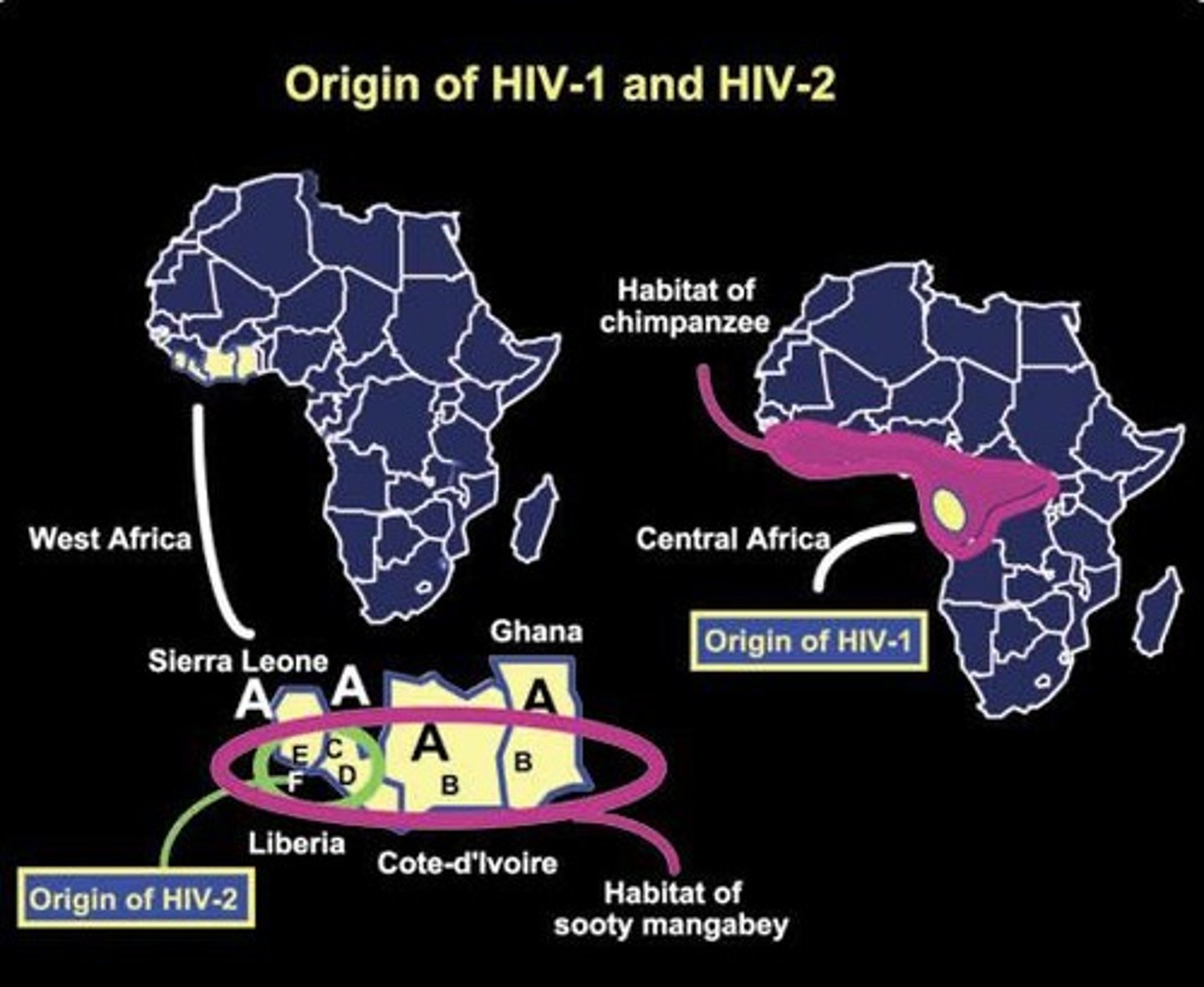
How does Africa's size compare to other regions?
Most African nations are the size of Ontario or larger, with Africa being approximately 4 times the size of the mainland USA.

What is the implication of Africa's size on population density?
It raises questions about whether Africa is truly over-populated given its vast land area.
How does the size of Africa compare to Ontario?
Most African nations are the size of Ontario or larger.
What is the land area of Africa?
30,065,000 km²
What is the population of Africa?
Approximately 1.3 billion people.
How does the population of Ontario compare to its land area?
Ontario has a population of 14 million and an area of 1,076,395 km².
What is the population density comparison between Africa and Europe?
Africa has only ~17% of the world's population with a much larger land area compared to Europe.
What are the consequences of Africa's size for agriculture?
There is potential for a lot of arable land and pasture land for grazing.
How much arable land does Africa have?
733 million hectares, which is 27.4% of the world's total.
What is a significant geographical feature of Africa in relation to the Equator?
Africa is the only continent located dead-center with respect to the Equator.
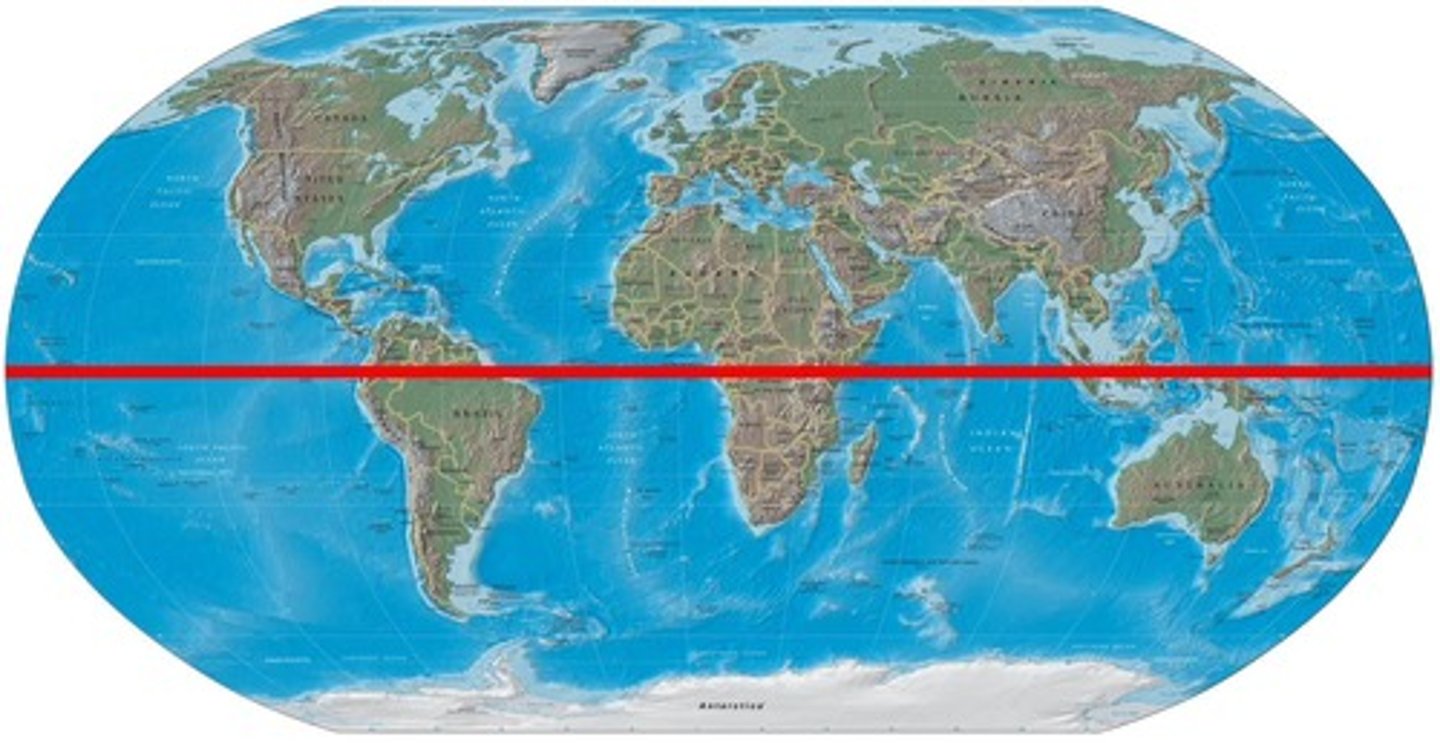
What are the climatic consequences of Africa's equatorial location?
The middle of Africa is too wet, while the top and bottom are too dry.
What is the impact of too much rain in Africa?
It can lead to increased reproduction of insects and spread of diseases like malaria.
Which country is the most populated in Sub-Saharan Africa?
Nigeria, with a population of approximately 225 million.
What are the major mountain ranges in Africa?
The Rift Valley and Ethiopian Highlands in the East, and the Atlas Mountains in the Northwest.
What percentage of Ethiopia's population lives in the highlands?
Approximately 80% of Ethiopia's population, around 80 million people.
What is the population of the Democratic Republic of the Congo?
Approximately 95 million.
How do mountains influence human settlement in Africa?
They dictate where people live in the dry subtropics due to the presence of rivers.
What are the consequences of too little rain for agriculture in Africa?
It can lead to poor soil quality and reduced crop yields.
What are the consequences of too much rain for agriculture?
It can lead to diseases in humans and livestock, and affect post-harvest storage.
What is the population of Botswana?
Approximately 2.3 million.
What is the population of Mozambique?
Approximately 30 million.
What is the population of Ghana?
Approximately 30 million.
What is the area of the UK?
242,910 km² with a population of 68 million.
What is the area of France?
543,965 km² with a population of 65 million.
What is the area of Sudan?
2,505,813 km² with a population of 43 million.
What is the area of Ethiopia?
1,133,380 km² with a population of 112 million.
What is the area of Tanzania?
945,087 km² with a population of 58 million.
What are the four most populated nations in Africa?
Nigeria (200 million), Ethiopia (120 million), Egypt (109 million), and the Democratic Republic of Congo (95 million).
What geographical feature significantly impacts human and agricultural activities in Africa?
Rivers, which provide water and nutrients for crop and livestock agriculture.
How does Africa's equatorial location affect its soil quality?
It leads to too much or too little rain, resulting in degrading and nutrient-poor soils.
What was the impact of colonization on African agriculture?
Colonization disrupted traditional agricultural practices and led to the exploitation of resources.
What was the estimated number of slaves exported from Africa between the 1600s and 1800s?
12-20 million slaves were exported for agricultural labor.
What was a major consequence of the Belgian colonization of the Congo?
10 million people (50% of the population) died from disease or genocide during King Leopold's rule.
What is the legacy of colonization on African nations?
Nations were carved up without regard for ethnic lines, leading to ongoing conflicts and governance issues.
What has caused the recent population explosion in some African nations?
A reduction in childhood mortality due to vaccinations, health care, and improved sanitation.
How is the population of Africa projected to change by 2100?
It is projected to rise from 1 billion to 4 billion people.
What factors must be improved to stabilize population growth in Africa?
Food productivity, female literacy, empowerment, and access to family planning.
What was the role of European nations in the colonization of Africa?
Tiny European nations 'owned' Africa, except for Ethiopia, during the 1700-1900s.
What is the relationship between increased food production and birth rates in Africa?
Increased food production and diet decrease birth rates, rather than increasing them.
What are the consequences of post-colonial governments in Africa?
Many have been corrupt and supported by wealthy nations, leading to continued instability.
What is the significance of the term 'Divide and Rule' in the context of African governance?
It refers to the strategy of colonial powers to create divisions among ethnic groups to maintain control.
What is the impact of improved health care on population dynamics in Africa?
Improved health care leads to lower infant mortality rates, which can initially increase population growth.
What is the importance of female literacy and empowerment in addressing population issues in Africa?
Improving female literacy and empowerment is crucial for reducing birth rates and stabilizing populations.
What are the challenges faced by post-colonial African nations?
They face challenges such as corruption, poverty, and the need for improved agricultural practices.
What role do rivers play in the agricultural practices of African nations?
Rivers provide essential water and nutrients for crops and livestock, influencing agricultural productivity.
What is the significance of the term 'MNR' in the context of agricultural demonstrations?
MNR stands for 'Minimum Nutrient Requirements,' highlighting the need for proper nutrient management in agriculture.
How has the perception of Africa changed in recent years?
There is recognition of African expertise and development, challenging the notion that Africa is a 'basketcase.'
What is the impact of colonization on indigenous agricultural knowledge in Africa?
Colonization led to the loss and devaluation of indigenous agricultural knowledge and practices.